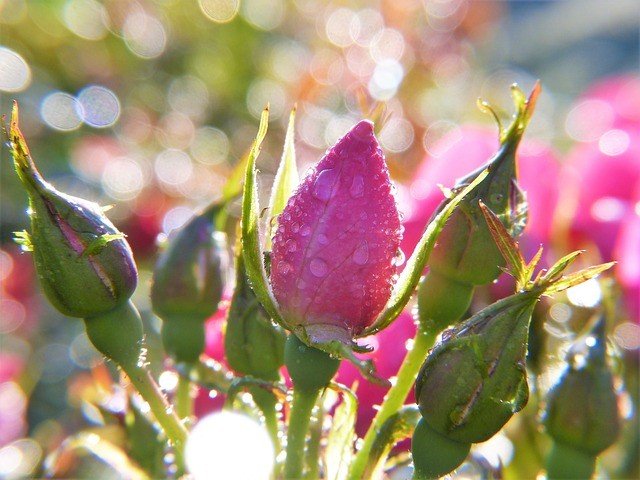Maintaining a neat and fresh garden lawn requires regular care and attention. Here are some essential tips to help you achieve a beautiful and healthy lawn:
1. Mowing
Regular mowing is key to maintaining a neat lawn. Set your mower blade at the appropriate height for your grass type and avoid cutting more than one-third of the grass length at a time. Aim to mow when the grass is dry to achieve cleaner cuts.
2. Watering
Water your lawn deeply and infrequently rather than shallowly and frequently. This encourages the development of deep roots and helps the grass withstand drought conditions. Water in the early morning to minimize evaporation and fungal diseases.
3. Weed Control
Keep weeds in check by regularly removing them manually or using an appropriate herbicide. Additionally, maintaining a healthy and dense lawn through proper watering, fertilizing, and mowing practices can help prevent weed growth.
4. Fertilizing
Apply a balanced lawn fertilizer according to the recommended schedule for your specific grass type. This provides essential nutrients for healthy growth, root development, and color. Follow the instructions carefully and avoid over-fertilizing, as this can lead to excessive growth and environmental pollution.

5. Aeration
Lawn aeration helps improve soil compaction and allows better air and water penetration to the grassroots. Use a lawn aerator or hire a professional to aerate your lawn annually or as needed, especially if your lawn gets heavy foot traffic.
6. Overseeding
Over time, lawns may develop bare patches or thinning areas. Overseeding involves spreading grass seed over these areas to promote thickening and filling in gaps. Choose a grass seed variety that matches your existing lawn for a seamless look.
7. Edging and Trimming
Regularly edge your lawn to create defined borders between the lawn and other landscape features like flower beds or walkways. Use a lawn edger or a sharp garden spade to create clean lines. Trim grass along fences, walls, and trees with a string trimmer or edging shears for a neat appearance.
8. Dealing with Lawn Pests and Diseases
Monitor your lawn for signs of pests or diseases and take appropriate action when necessary. Treat pests and diseases promptly using targeted methods or consult with a professional for guidance.
9. Clean Up Debris
Remove fallen leaves, twigs, and other debris regularly to maintain a clean and tidy lawn. These organic materials can smother the grass and create an environment conducive to pests and diseases.
10. Avoid Excessive Foot Traffic
Minimize heavy foot traffic on your lawn, especially during wet or dormant periods. Excessive foot traffic can compact the soil, damage the grass, and create bare patches.
Remember, each lawn is unique, and the maintenance needs may vary depending on your region, grass type, and climate. Regular observation, timely action, and proper care practices will help keep your garden lawn looking neat, fresh, and vibrant throughout the year.










